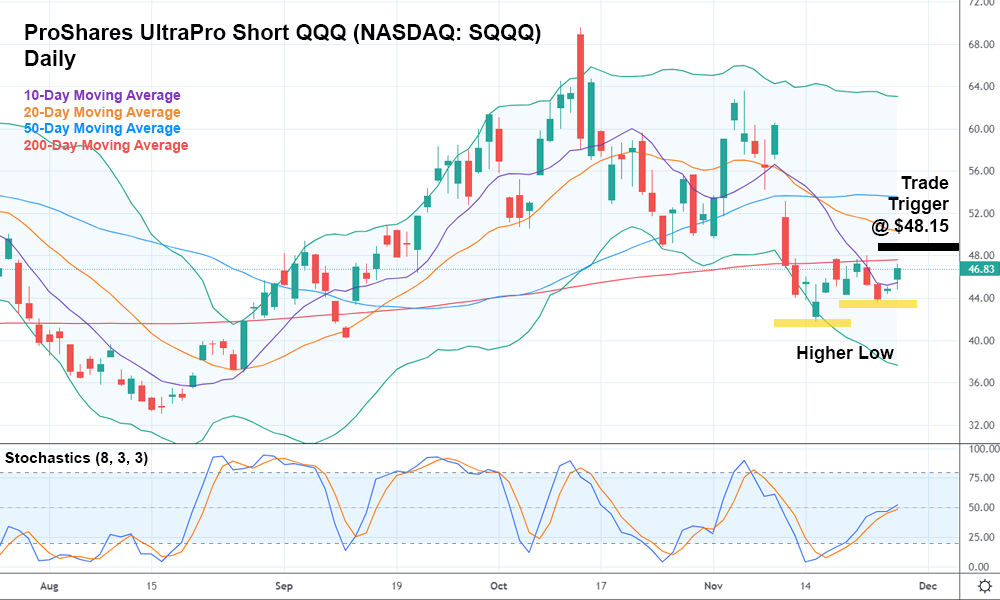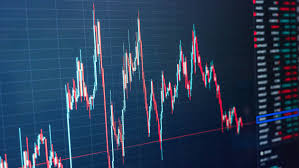Stocks plunged this afternoon in response to civil unrest in China. The Dow, S&P, and Nasdaq Composite all traded lower through noon before accelerating lower into the close. The dollar rallied slightly as yields finished flat.
Demonstrations in mainland China over the weekend saw protestors clash with law enforcement in response to Beijing’s “Covid-zero” policy. Residents were sealed into apartment buildings, pushing many people past their breaking points after an apartment fire claimed the lives of 10 people. Social media posts suggested that lockdown protocols prevented first responders from saving lives.
The People’s Daily, China’s state-run newspaper, published articles in an attempt to soothe the unhappy populace. The paper ran headlines suggesting that the government should remove some lockdown restrictions while keeping more “targeted” ones in place.
This did little to assuage the fears of investors, who saw the unrest as a potentially larger problem facing the global economy.
“The negative headlines from abroad are putting pressure on domestic markets,” explained Allianz portfolio manager Charlie Ripley.
“I anticipate we’ll have more volatility and more activity in the markets as we go through the rest of the week, looking at the economic calendar.”
Sentiment was pushed further bearish after Goldman Sachs analysts released a grim note to clients.
“The performance of U.S. stocks in 2022 was all about a painful valuation de-rating, but the equity story for 2023 will be about the lack of corporate earnings growth,” Goldman’s strategists wrote.
“Put simply, zero earnings growth will drive zero appreciation in the stock market.”
Goldman expects the market to finish flat by the end of 2023. Morgan Stanley analysts took things one step further this morning and suggested that the S&P should close out 2023 around 3,900, or about 2% below its current price level.
And though Wall Street delivered little but bad news this morning for long-term holders, there was a silver lining for short-term traders:
Morgan Stanley believes the S&P will “tread water” next year, but it will also endure major swings in sentiment along the way.
In other words, it’s the exact kind of situation where trend-following traders can outperform.

That includes following trends on sector ETFs like the QQQ by trading the SQQQ, which moves inverse the QQQ. SQQQ set a higher low over the last few weeks and, today, closed above the 10-day moving average.
The ETF also closed near the 200-day moving average. The stochastic indicator suggests SQQQ could have room to run here, too.
For those reasons, it might make sense to take a bullish position on SQQQ with a trade trigger of $48.15, above today’s high, as the general market fights to continue its rally.








